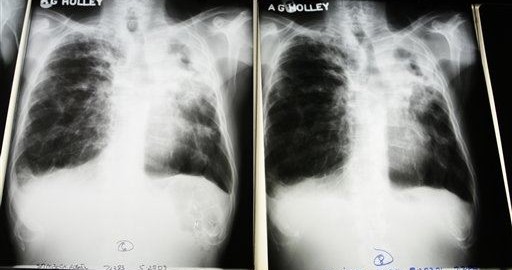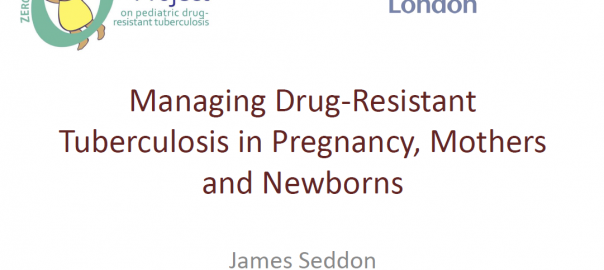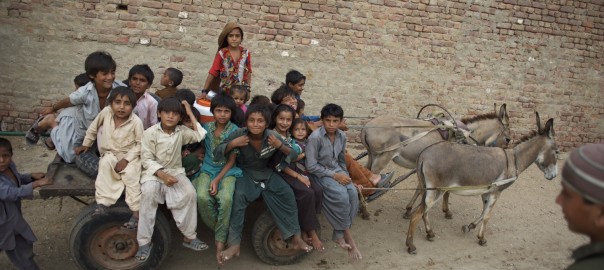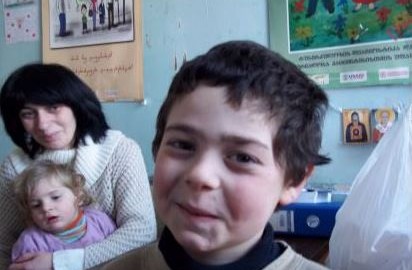Dismantling the invisibility trap for children with drug-resistant tuberculosis
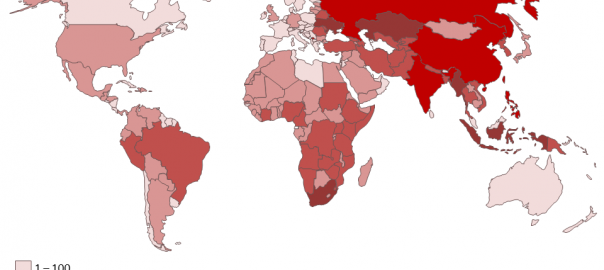
Tuberculosis (TB) is an airborne infectious disease that is both preventable and curable, yet it kills more than a million people every year. Children are highly vulnerable, but often invisible casualties. Drug-resistant forms of TB are on the rise globally, and children are as vulnerable as adult but less likely to be counted as cases of drug-resistant disease if they become sick. Four factors make children with drug-resistant TB ‘invisible’: first, the nature of the disease in children; second, deficiencies in existing diagnostic tools; third, overreliance on these tools; and fourth, our collective failure to deploy one effective tool for finding and treating children – contact investigation. Provisional annual targets, focused on children exposed at home to multidrug-resistant TB, to be updated every year, constitute a framework to focus attention and collective actions at the community, national and global levels. The targets tell us the number of: (i) children who require complete evaluation for TB disease and infection; (ii) children who require treatment for TB disease; and (iii) children who would benefit from preventive therapy.
Download full text here – A targets framework: Dismantling the invisibility trap for children with drug-resistant tuberculosis
Full Citation:
Becerra MC, Swaminathan S. Dismantling the invisibility trap for children with drug-resistant tuberculosis. Journal of Public Health Policy (2014) 35, 425-454, published online 11 September 2014. doi:10.1057/jphp.2014.35

